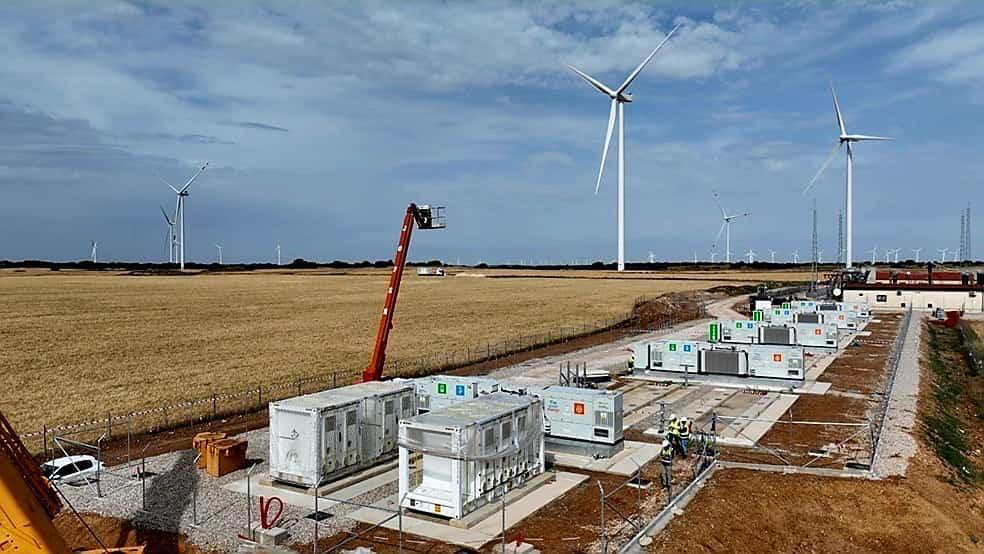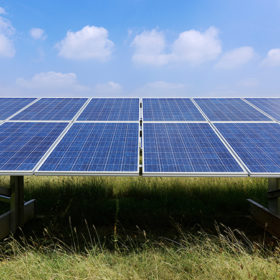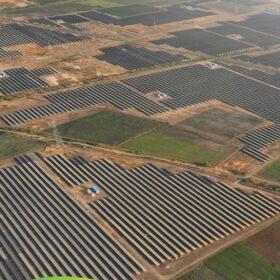From pv magazine Spain
GlobalData forecasts that Spain’s renewable energy capacity will reach 218.1 GW by 2035, with a compound annual growth rate (CAGR) of 9.1% between 2024 and 2035.
This is outlined in the research firm’s “Spain Power Market Trends” report, which states that renewable generation will rise from 131.2 TWh in 2024 to 313.6 TWh in 2035, at a CAGR of 8.2%.
PV will continue to drive growth, with capacity increasing from 21.5 GW in 2021 to 152.8 GW in 2035. Onshore wind is projected to grow from 28.7 GW in 2021 to 56.3 GW in 2035.
“Spain’s updated NECP and policies such as the Renewable Energy Economic Regime (REER) and the Climate Change and Energy Transition Law are ensuring strong investor confidence,” said Mohammed Ziauddin, energy analyst at GlobalData. “Offshore wind and green hydrogen are also emerging as new pillars of growth, supported by EU and national funding.”
The report notes that the REER’s competitive auction framework and incentives for distributed generation, such as the Self-Consumption Law, are accelerating the deployment of solar energy on both industrial and rooftop scales, even though auctions have been suspended in Spain since 2022. Projects exceeding 6,000 MW that won the four bids held since 2021 opted to forfeit their guarantees and develop “merchant” projects instead.
It also highlights that the Self-Consumption Law for the rooftop PV segment does not exist, and the Royal Decree intended to update it – submitted for public consultation at the end of 2024 – has yet to be published, while rooftop deployment continues to fall.
Despite these issues, GlobalData notes that “Spain’s clean energy strategy is strengthened by its limited dependence on Russian gas and the diversification of LNG imports, while new interconnections with France and Portugal, including the Bay of Biscay and Trans-Pyrenees projects, will improve security of supply and grid flexibility.”
The report also points to challenges including permitting delays, grid-related curtailments, and limited cross-border interconnection that restrict efficient market integration.
“The rapid expansion of solar PV in Spain, the strong pipeline of wind projects, and the growing green hydrogen sector are laying the groundwork for long-term decarbonization,” Zia concluded. “With grid modernization and interconnection improvements, Spain is on track to achieve its 2030 and 2050 targets.”
This content is protected by copyright and may not be reused. If you want to cooperate with us and would like to reuse some of our content, please contact: editors@pv-magazine.com.









By submitting this form you agree to pv magazine using your data for the purposes of publishing your comment.
Your personal data will only be disclosed or otherwise transmitted to third parties for the purposes of spam filtering or if this is necessary for technical maintenance of the website. Any other transfer to third parties will not take place unless this is justified on the basis of applicable data protection regulations or if pv magazine is legally obliged to do so.
You may revoke this consent at any time with effect for the future, in which case your personal data will be deleted immediately. Otherwise, your data will be deleted if pv magazine has processed your request or the purpose of data storage is fulfilled.
Further information on data privacy can be found in our Data Protection Policy.